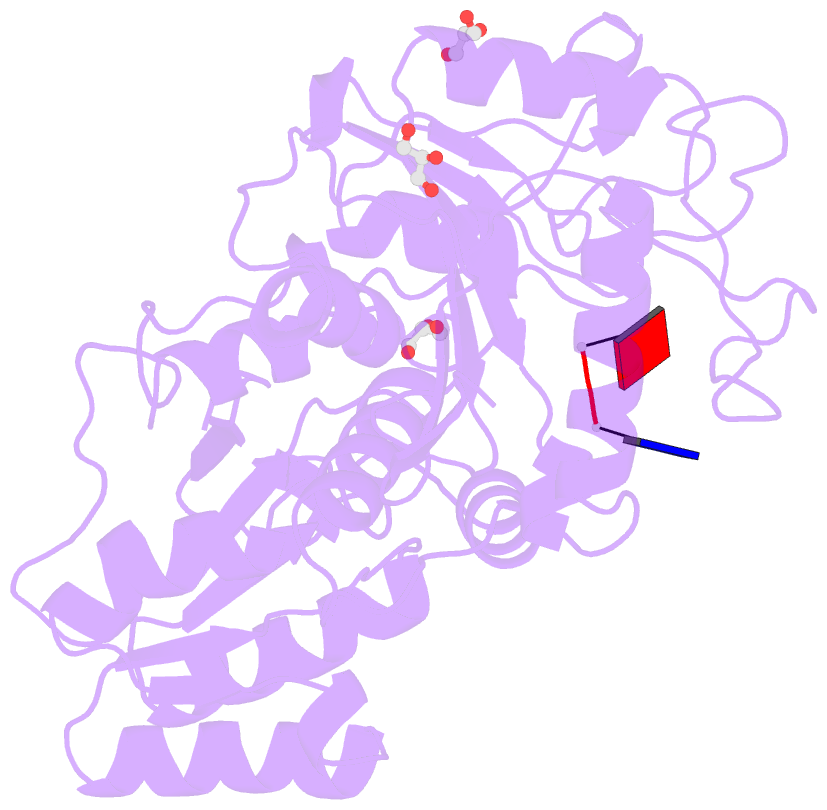Summary information and primary citation
- PDB-id
- 3u7g; SNAP-derived features in text and JSON formats;
DNAproDB
- Class
- hydrolase,transferase-DNA
- Method
- X-ray (2.1 Å)
- Summary
- Crystal structure of mpnkp catalytic fragment (d170a) bound to single-stranded DNA (tcctap)
- Reference
- Coquelle N, Havali-Shahriari Z, Bernstein N, Green R, Glover JN (2011): "Structural basis for the phosphatase activity of polynucleotide kinase/phosphatase on single- and double-stranded DNA substrates." Proc.Natl.Acad.Sci.USA, 108, 21022-21027. doi: 10.1073/pnas.1112036108.
- Abstract
- Polynucleotide kinase/phosphatase (PNKP) is a critical mammalian DNA repair enzyme that generates 5'-phosphate and 3'-hydroxyl groups at damaged DNA termini that are required for subsequent processing by DNA ligases and polymerases. The PNKP phosphatase domain recognizes 3'-phosphate termini within DNA nicks, gaps, or at double- or single-strand breaks. Here we present a mechanistic rationale for the recognition of damaged DNA termini by the PNKP phosphatase domain. The crystal structures of PNKP bound to single-stranded DNA substrates reveals a narrow active site cleft that accommodates a single-stranded substrate in a sequence-independent manner. Biochemical studies suggest that the terminal base pairs of double-stranded substrates near the 3'-phosphate are destabilized by PNKP to allow substrate access to the active site. A positively charged surface distinct from the active site specifically facilitates interactions with double-stranded substrates, providing a complex DNA binding surface that enables the recognition of diverse substrates.





